When you need to replace paprika, the best substitutes include cayenne pepper, smoked paprika, chili powder, sweet paprika, annatto, and red pepper flakes. Each offers unique flavor profiles and heat levels for different recipes. Here's how to use them effectively.
Practical Tips: What Spice Can Replace Paprika?
Here's a quick reference for the top paprika substitutes:
- Cayenne Pepper: Use sparingly for heat (1/8-1/4 tsp per tbsp paprika). Ideal for spicy dishes like chili or buffalo chicken.
- Smoked Paprika: Best direct substitute. Use 1:1 ratio. Adds smoky depth to roasted vegetables, meats, and soups.
- Chili Powder: Use 1.5x the amount. Perfect for Mexican dishes but adds extra cumin and garlic flavors.
- Sweet Paprika: Use 1:1 ratio. Mild and vibrant red, great for deviled eggs and creamy soups.
- Annatto: Use 3/4 the amount. Provides orange-red color for Latin American stews and rice dishes.
- Red Pepper Flakes: Use half the amount. Adds bold heat to Italian pasta and pizza sauces.
| Spice | Flavor Profile | Heat Level | Best For |
|---|---|---|---|
| Cayenne Pepper | Spicy, slightly fruity | High | Spicy dishes, sauces, grilled meats |
| Smoked Paprika | Smoky, earthy | Moderate | Roasted vegetables, meats, soups |
| Chili Powder | Earthy, smoky, spicy | Moderate to high | Mexican dishes, chili, stews |
| Paprika Blend | Versatile, sweet, smoky, spicy | Moderate | Multiple uses, experimentation |
| Sweet Paprika | Mild, sweet, slightly smoky | Low | Salads, soups, baked dishes |
| Annatto | Nutty, mild | Low | Stews, rice dishes, sauces |
| Red Pepper Flakes | Spicy, slightly bitter | High | Italian dishes, stir-fries, pizzas |

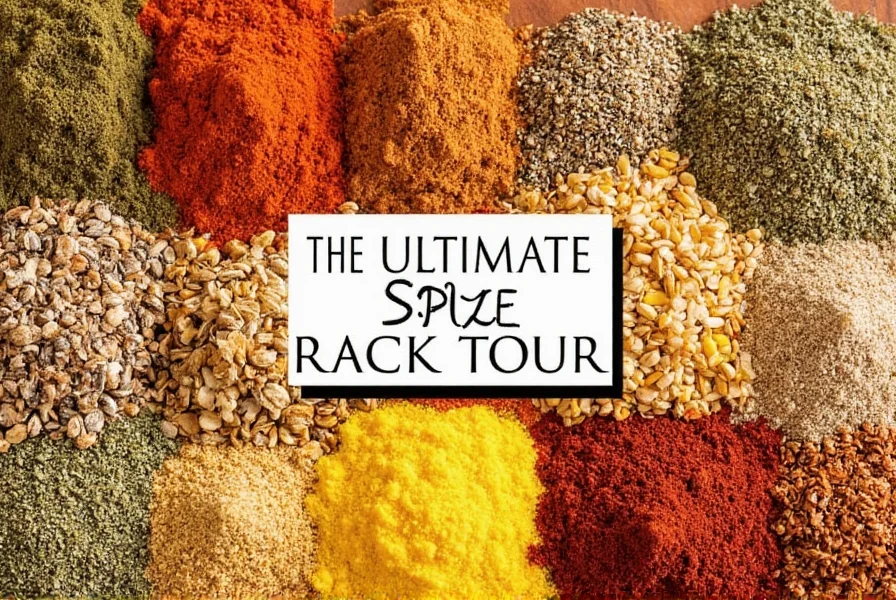
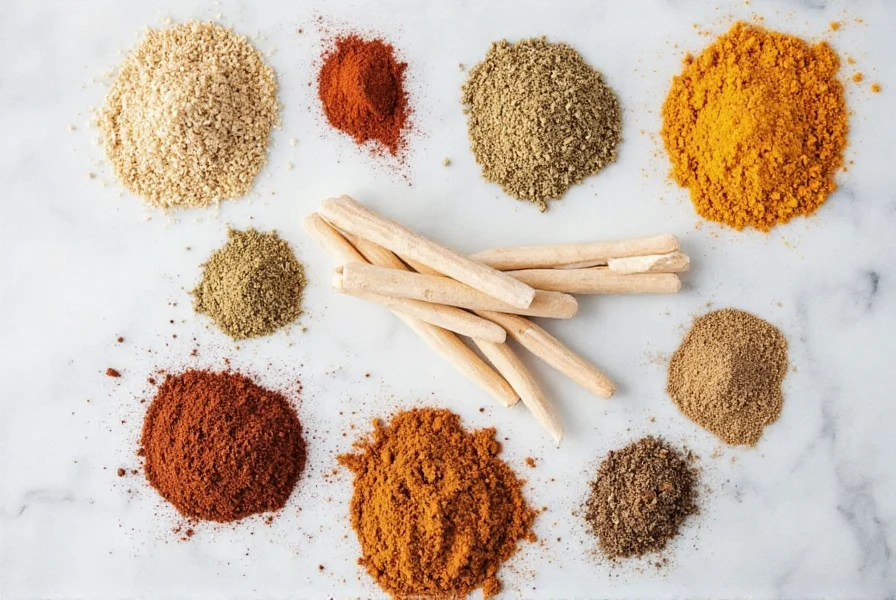
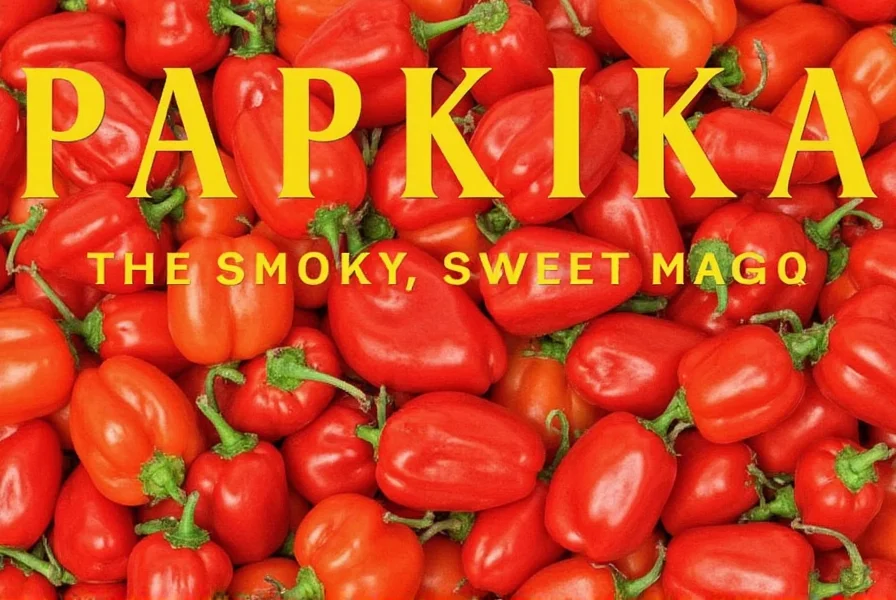

In-Depth Explanations: Understanding Paprika and Its Alternatives
Paprika is a versatile spice made from dried and ground peppers. It comes in different varieties—sweet, smoked, and hot—each with its own unique flavor profile. While it's known for its vibrant color and mild heat, it's also used in many traditional dishes around the world, from Spanish chorizo to Hungarian goulash.
So, what spice can replace paprika? The answer depends on the type of paprika you're using and the dish you're making. Let's break it down:
1. Cayenne Pepper
Cayenne pepper is a great substitute if you want a spicier version of paprika. It has a similar color but much more heat. Use it sparingly in recipes that call for paprika, especially if you're aiming for a mild flavor. It works well in sauces, stews, and grilled meats.
2. Smoked Paprika
If you have smoked paprika on hand, it's the best direct substitute for regular paprika. It has a deep, smoky flavor that can add complexity to dishes like roasted vegetables, meats, and even soups. Unlike regular paprika, it doesn't have the same sweetness, so adjust other ingredients accordingly.
3. Chili Powder
Chili powder is a mix of spices, often including paprika, cumin, garlic powder, and cayenne. This makes it a convenient all-in-one substitute for paprika in recipes like tacos, enchiladas, and chili. Just keep in mind that it may add extra flavor elements, so taste as you go.
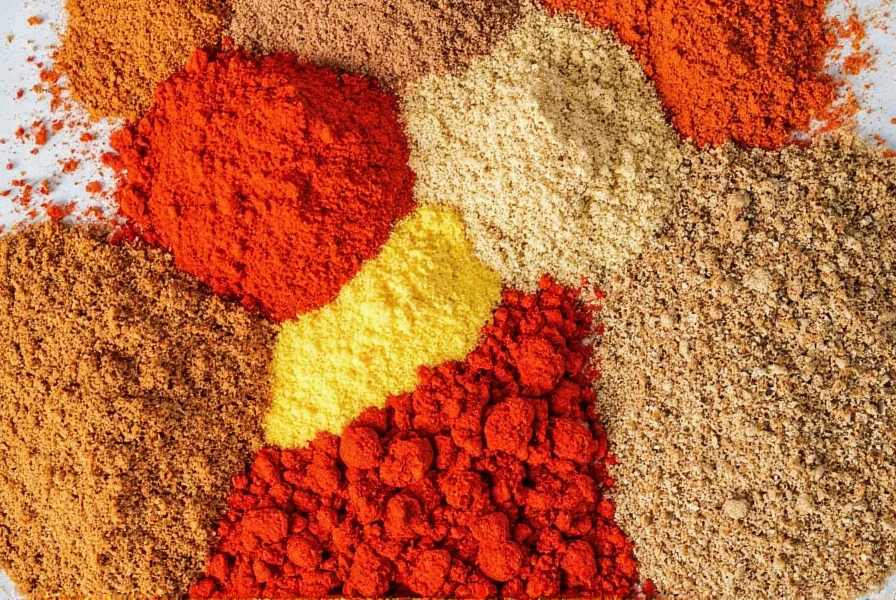
4. Paprika Blend
A paprika blend is essentially a combination of sweet, smoked, and hot paprika. It offers the most versatility and can be used in almost any recipe that calls for paprika. It's a great option if you want to experiment with different flavors without having multiple types of paprika on hand.
5. Sweet Paprika
If you're looking for a milder substitute, sweet paprika is your best bet. It lacks the heat of regular or smoked paprika but still provides the characteristic red color and subtle sweetness. It's ideal for dishes like deviled eggs, potato salad, or creamy soups.
6. Annatto
Annatto is a natural food coloring derived from the seeds of the achiote plant. It has a mild, nutty flavor and adds a rich orange-red color to dishes. It's commonly used in Latin American and Caribbean cuisines, making it a great substitute for paprika in stews, rice dishes, and sauces.
7. Red Pepper Flakes
Red pepper flakes are another spicy alternative that can mimic the color and heat of paprika. They're perfect for adding a bold, spicy kick to Italian pasta dishes, stir-fries, or even homemade pizza sauce. Just remember to use them in moderation unless you're aiming for a very spicy dish.
Frequently Asked Questions About Paprika Substitutes
What is the closest substitute for paprika?
The closest substitute for regular paprika is smoked paprika if you want to maintain a similar flavor profile with a smoky twist. Sweet paprika is also an excellent substitute if you're looking to preserve the mild sweetness and vibrant red color without the smokiness. When substituting, use the same amount as the recipe calls for paprika.
Can I use chili powder instead of paprika?
Yes, you can use chili powder as a substitute for paprika, but keep in mind that chili powder is actually a blend of spices that typically includes paprika, cumin, garlic powder, and cayenne. This means it will add additional flavors to your dish. Use about 1.5 times the amount of chili powder for the paprika called for in your recipe, but taste as you go since the flavor profile will be different.
How do I substitute cayenne for paprika?
Cayenne is much hotter than regular paprika, so you'll need to use it sparingly. As a general rule, use 1/8 to 1/4 teaspoon of cayenne for every 1 tablespoon of paprika called for in your recipe. This substitution works best in recipes where you want to add heat without changing the color significantly. Remember that cayenne lacks the sweetness of paprika, so you might want to add a pinch of sugar to balance the flavors.
What's the difference between smoked paprika and regular paprika?
Smoked paprika is made from peppers that have been dried over oak fires, giving it a distinctive smoky flavor, while regular paprika is made from ground sweet peppers without the smoking process. Smoked paprika has a deeper, more complex flavor profile with noticeable smokiness, whereas regular paprika has a sweeter, more straightforward pepper flavor. They can often be used interchangeably, but smoked paprika will add a smoky dimension that regular paprika lacks.
Can I make my own paprika substitute?
Yes, you can create a basic paprika substitute by mixing equal parts chili powder and sweet paprika. For a smoked version, add a tiny pinch of liquid smoke to regular paprika. For a sweet paprika substitute, mix 2 parts chili powder with 1 part garlic powder and 1 part onion powder. Remember that homemade substitutes won't be identical to commercial paprika but can work in a pinch.
Will substituting spices change the color of my dish?
Yes, some substitutes will affect the color of your dish. Paprika is prized for its vibrant red color. Cayenne and red pepper flakes will provide a similar red hue but may be slightly darker. Annatto will give an orange-red color. Sweet paprika and smoked paprika will provide colors closest to regular paprika. If color is important for your dish (like in deviled eggs or potato salad), choose substitutes that maintain the red color rather than those that shift toward orange.
How much of a substitute should I use compared to paprika?
The amount varies by substitute: Smoked paprika: Use the same amount as regular paprika. Sweet paprika: Use the same amount as regular paprika. Cayenne pepper: Use 1/8 to 1/4 teaspoon for every 1 tablespoon of paprika. Chili powder: Use about 1.5 times the amount of paprika called for. Annatto: Use slightly less than the amount of paprika (about 3/4 the amount). Red pepper flakes: Use half the amount of paprika for similar heat level. Always taste as you cook and adjust seasonings accordingly.
Conclusion: Find Your Perfect Paprika Replacement Today
Now that you know what spice can replace paprika, you're ready to experiment with different flavors and bring new life to your recipes. Whether you're looking for a spicy kick, a smoky depth, or a mild alternative, there's a perfect substitute for every dish. Don't let an empty spice jar stop you from cooking—try one of these replacements and see how they transform your meals.
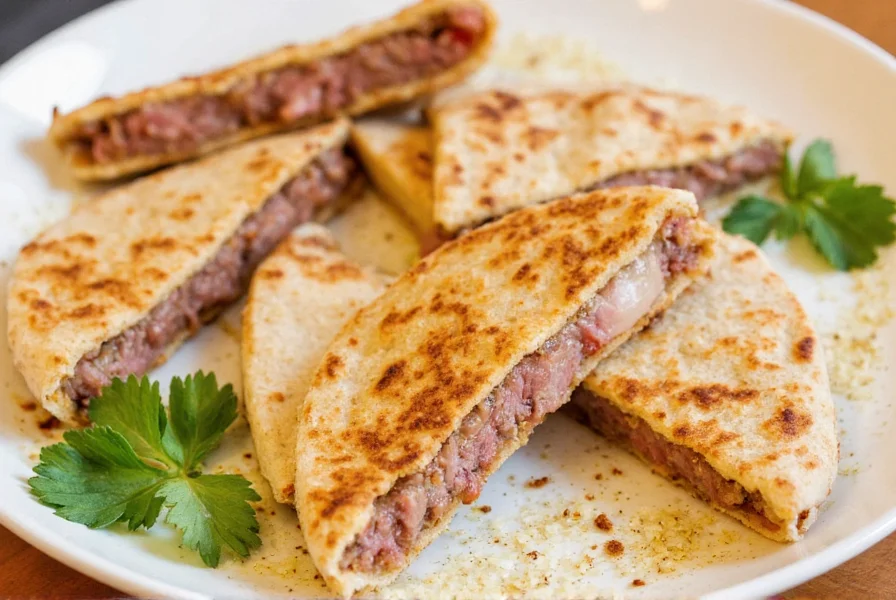
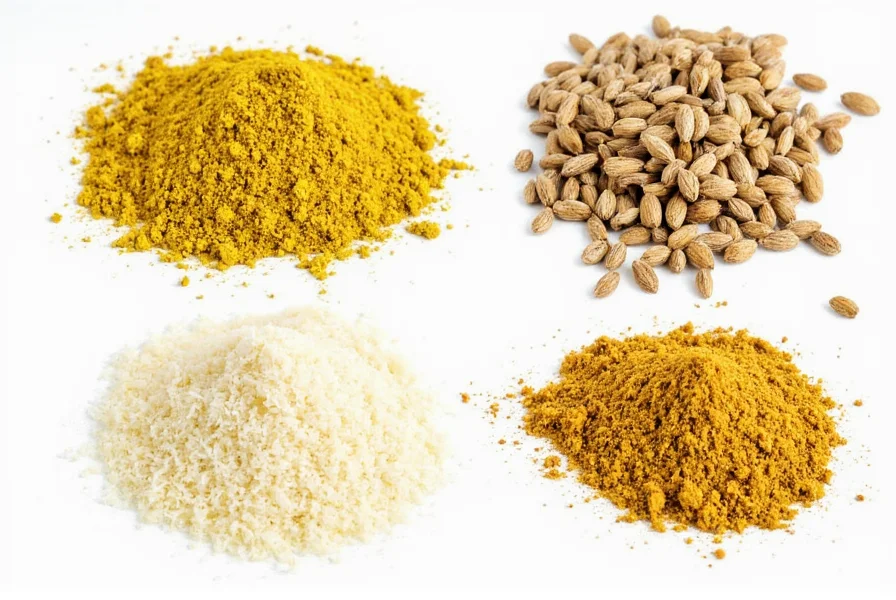
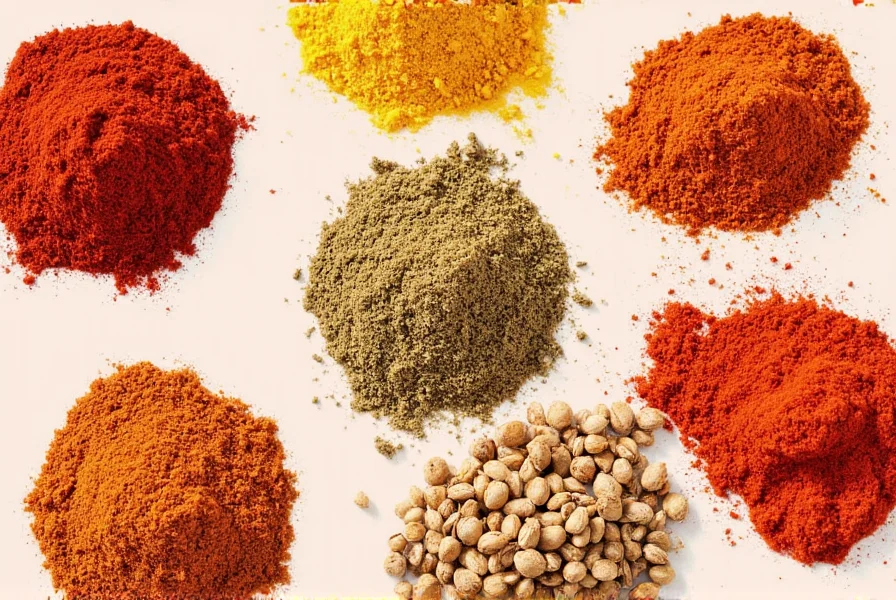










 浙公网安备
33010002000092号
浙公网安备
33010002000092号 浙B2-20120091-4
浙B2-20120091-4